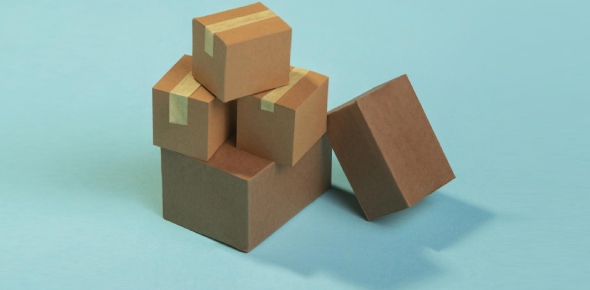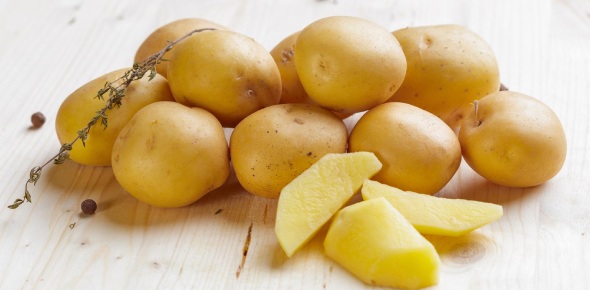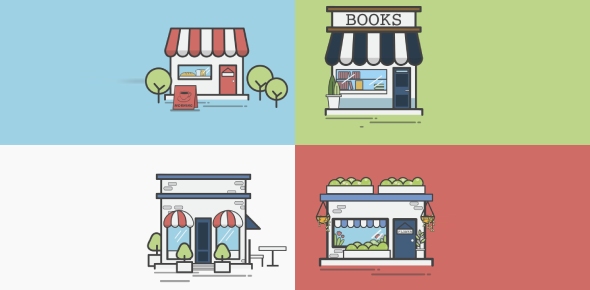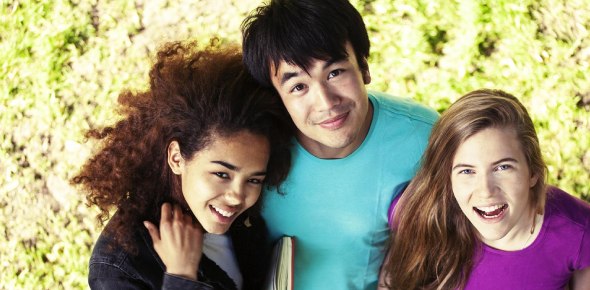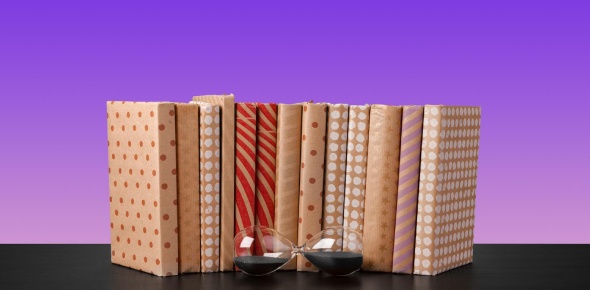Singular And Plural Nouns Test

This Singular and Plural Nouns Quiz will help you review the rules and improve your understanding of this key part of English grammar. Singular nouns refer to one person, place, thing, or idea, while plural nouns indicate more than one. This quiz will cover regular and irregular plural nouns, spelling changes, and special rules for forming plurals.
Knowing how to correctly use singular and plural forms is essential for clear and accurate communication. Complete the singular and plural test to strengthen your grasp of noun forms and avoid common mistakes. Let’s see if you can confidently recognize and form Read moreboth singular and plural nouns in different contexts! Good luck, and remember, paying attention to details can make all the difference in mastering English grammar.
Singular and Plural Nouns Test Questions and Answers
- 1.
What's the plural of "child"?
- A.
Children
- B.
Childs
- C.
Childrens
- D.
Childes
Correct Answer
A. ChildrenExplanation
The plural of "child" is "children" because it follows the regular pluralization rule in English where the ending "-en" is added to the singular form. This is a common irregular plural in English and is used to refer to multiple individuals who are young or not yet adults. The options "Childs," "Childrens," and "Childes" are incorrect because they do not follow the correct pluralization rule for the word "child."Rate this question:
-
- 2.
What's the plural of "sheep"?
- A.
Sheeps
- B.
Ship
- C.
Sheepes
- D.
Sheep
Correct Answer
D. SheepExplanation
The plural of "sheep" is "sheep" because it is an irregular noun that does not change in the plural form. This means that whether you are talking about one sheep or multiple sheep, the word remains the same. Therefore, "sheep" is the correct plural form of "sheep". Some other words that are exceptions like this one are “moose” and “deer.”Rate this question:
-
- 3.
What's the plural of "dog"?
- A.
Dig
- B.
Dogs
- C.
Dogues
- D.
Dogees
Correct Answer
B. DogsExplanation
The plural form of "dog" is "dogs," following a regular rule where most nouns in English form the plural by adding "s" to the singular noun. This rule applies widely to nouns ending in consonants or vowels that do not follow specific pluralization exceptions. Options like "dogues" or "dogees" are incorrect, as English plural rules do not typically add extra vowels or letters for regular nouns ending in a consonant, unlike some foreign-origin words which may retain unique plural forms.Rate this question:
-
- 4.
What's the plural of "lady"?
- A.
Ladys
- B.
Ladyes
- C.
Ladies
- D.
None of these
Correct Answer
C. LadiesExplanation
The plural of "lady" is "ladies." English nouns ending in "y" preceded by a consonant usually change the "y" to "i" and add "es" to form the plural. This shift is a linguistic rule that ensures correct pronunciation and spelling in English. "Ladys" and "ladyes" are incorrect forms, as they do not follow this standard rule for pluralizing words ending in "y." This pattern applies to many similar words in English, such as "city" to "cities" or "party" to "parties.Rate this question:
-
- 5.
What's the plural of "boy"?
- A.
Boys
- B.
Boyes
- C.
Boies
- D.
Both A & C
Correct Answer
A. BoysExplanation
The plural of "boy" is "boys." In English, when a noun ends with a vowel followed by "y," we simply add "s" to form the plural, rather than changing "y" to "ies" as we would with consonant-ending words. This rule helps distinguish plurals without altering the word’s base too much. Options like "Boyes," "Boies," and "Both A & C" are incorrect because they apply unnecessary changes to the word or don’t follow standard plural rules. "Boys" correctly follows English grammar conventions for plurals of vowel-ending nouns.Rate this question:
-
- 6.
What's the plural of "box"?
- A.
Boxs
- B.
Boxies
- C.
Boxee
- D.
Boxes
Correct Answer
D. BoxesExplanation
The correct plural of "box" is "boxes." In English, when a noun ends in a sibilant sound like "-x," "-s," "-z," "-ch," or "-sh," we add "-es" instead of just "s" to make it plural. This rule aids in pronunciation and makes the plural form distinguishable from the singular. Incorrect answers like "Boxs," "Boxies," and "Boxee" either add inappropriate suffixes or don’t apply the plural rule for sibilant-ending nouns. Thus, "boxes" correctly follows the pattern for nouns ending in "-x."Rate this question:
-
- 7.
What's the plural of "knife"?
- A.
Knifes
- B.
Knifies
- C.
Knives
- D.
Kneeves
Correct Answer
C. KnivesExplanation
The plural form of "knife" is "knives," created by changing the "f" to "v" and adding "es." This is a common pattern for English nouns that end in "-f" or "-fe," such as "wolf" becoming "wolves" or "life" becoming "lives." This spelling rule applies to most nouns ending in "-f," making "knives" the correct plural form of "knife." Incorrect options like "Knifes," "Knifies," and "Kneeves" don’t follow this rule, either by failing to change "f" to "v" or by adding unnecessary letters.Rate this question:
-
- 8.
What's the plural of "potato"?
- A.
Potatos
- B.
Potatoes
- C.
Potats
- D.
None of these
Correct Answer
B. PotatoesExplanation
The plural of "potato" is "potatoes," following the rule that nouns ending in a consonant plus "o" typically add "es" for the plural. This convention applies to words like "hero" and "tomato" as well. Adding "es" instead of "s" ensures a natural flow in pronunciation. Incorrect options like "Potatos," "Potats," and "None of these" either ignore the rule or change the word entirely. Thus, "potatoes" is the standard and correct plural form, adhering to the specific rule for consonant + "o" endings in English.Rate this question:
-
- 9.
What's the plural of "woman"?
- A.
Womans
- B.
Womanes
- C.
Women
- D.
Womeen
Correct Answer
C. WomenExplanation
The plural of "woman" is "women," which involves changing the internal vowel sound rather than adding letters. This pattern is found in several English nouns, particularly those describing people, like "man" becoming "men." This irregular form originated from Old English, where certain words used vowel changes to signal plurality. Incorrect options like "Womans," "Womanes," and "Womeen" do not follow this pattern, either adding incorrect suffixes or not changing the vowel. "Women" is the accepted plural form that preserves the word’s original irregular structure.Rate this question:
-
- 10.
What's the plural of "mouse"?
- A.
Mice
- B.
Mouses
- C.
Mousies
- D.
None of these
Correct Answer
A. MiceExplanation
The plural form of "mouse" is "mice," following an irregular pluralization pattern in which the internal vowel changes to indicate plurality. This pattern is found in a few English words, such as "tooth" becoming "teeth." The incorrect options "Mouses," "Mousies," and "None of these" fail to follow this vowel-change rule, as they either add unnecessary letters or leave the singular form unchanged. "Mice" remains the correct plural form according to the English irregular plural rule that changes the vowel sound within the word.Rate this question:
-
- 11.
What's the plural of "shop"?
- A.
Shopps
- B.
Shopes
- C.
Shops
- D.
Shoop
Correct Answer
C. ShopsExplanation
The plural of "shop" is "shops," formed by adding "s" to the singular, which is the standard way to create plurals in English for most nouns. This straightforward addition of "s" applies to countless regular nouns, particularly those without complex endings like consonant + "o" or "-y" after a consonant. Incorrect options such as "Shopps," "Shopes," and "Shoop" do not follow any standard English rules, either modifying the word unnecessarily or adding uncommon suffixes. "Shops" is thus the correct answer following regular plural formation.Rate this question:
-
- 12.
What's the plural of "bush"?
- A.
Bushs
- B.
Bushes
- C.
Bushies
- D.
Bushees
Correct Answer
B. BushesExplanation
The plural of "bush" is "bushes." For nouns ending in "-sh," we add "es" to form the plural, as this makes pronunciation smoother. This rule applies to most nouns with similar endings, like "dish" becoming "dishes" or "wish" becoming "wishes." Incorrect options like "Bushs," "Bushies," and "Bushees" don’t follow this phonetic rule and introduce unnecessary letters. Adding "es" to "bush" forms the correct plural, adhering to the standard pattern for sibilant-ending nouns in English.Rate this question:
-
- 13.
What's the plural of "wife"?
- A.
Wifes
- B.
Wifies
- C.
Wify
- D.
Wives
Correct Answer
D. WivesExplanation
The plural of "wife" is "wives," following the pattern for words ending in "-f" or "-fe" where "f" changes to "v" before adding "es." This alteration helps distinguish the plural and aligns with similar nouns like "life" to "lives." Incorrect options like "Wifes," "Wifies," and "Wify" don’t follow this rule, which creates a phonetically distinct plural by changing the "f" to "v." This pattern ensures the noun’s plural form is clear and recognizable in English.Rate this question:
-
- 14.
What's the plural of "book"?
- A.
Bookies
- B.
Bookes
- C.
Books
- D.
None of these
Correct Answer
C. BooksExplanation
The plural form of "book" is "books," formed by simply adding "s" to the end. This is the most common rule for creating plurals in English, particularly for nouns without special endings that require modification. Incorrect options like "Bookies," "Bookes," and "None of these" don’t follow standard rules, either adding unnecessary letters or implying that "book" has an irregular plural. "Books" is thus the correct and straightforward plural, adhering to English conventions for regular nouns.Rate this question:
-
- 15.
What's the plural of "baby"?
- A.
Babys
- B.
Babyes
- C.
Babies
- D.
None of these
Correct Answer
C. BabiesExplanation
The plural of "baby" is "babies," following the rule that when a noun ends in a consonant plus "y," we change "y" to "i" and add "es." This rule ensures the plural form is easily pronounced and distinct from the singular. Incorrect options like "Babys," "Babyes," and "None of these" do not follow this rule, either by failing to modify the "y" or adding irrelevant letters. Thus, "babies" is the correct plural, aligning with English grammar rules for consonant-ending "-y" nouns.Rate this question:
-
Quiz Review Timeline +
Our quizzes are rigorously reviewed, monitored and continuously updated by our expert board to maintain accuracy, relevance, and timeliness.
-
Current Version
-
Dec 28, 2024Quiz Edited by
ProProfs Editorial Team
Expert Reviewed by
Juliette Firla -
Sep 30, 2012Quiz Created by
Bleuzone
- Active And Passive Voice Quizzes
- Adverb Quizzes
- Article Quizzes
- Capitalization Quizzes
- Comparatives And Superlatives Quizzes
- Conjunction Quizzes
- Dangling Modifier Quizzes
- Definition Quizzes
- Dictionary Quizzes
- Direct And Indirect Quizzes
- Essay Quizzes
- Glossary Quizzes
- Idiom Quizzes
- Metaphor Quizzes
- Noun Quizzes
- Phrase Quizzes
- Plural Quizzes
- Prefix Quizzes
- Prefix And Suffix Quizzes
- Pronunciation Quizzes
- Punctuation Quizzes
- Riddle Quizzes
- Sentence Quizzes
- Simile Quizzes
- Slang Quizzes
- Speaking Quizzes
- Speech Quizzes
- Spelling Quizzes
- Subject And Predicate Quizzes
- Suffix Quizzes
- Synonym Quizzes
- Synonyms And Antonyms Quizzes
- Tense Quizzes
- Voice Quizzes
- Word Quizzes
- Writing Quizzes
 Back to top
Back to top





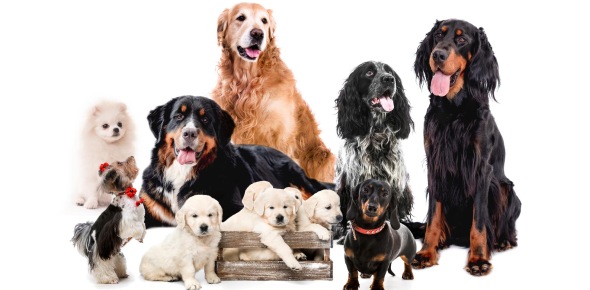
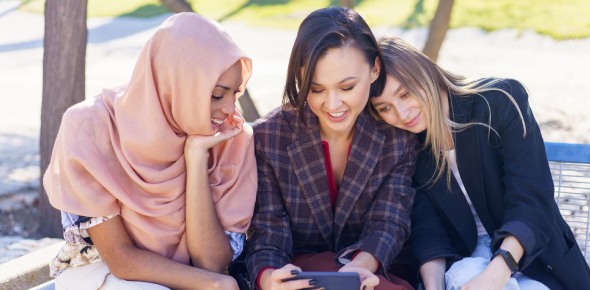
.jpg)
